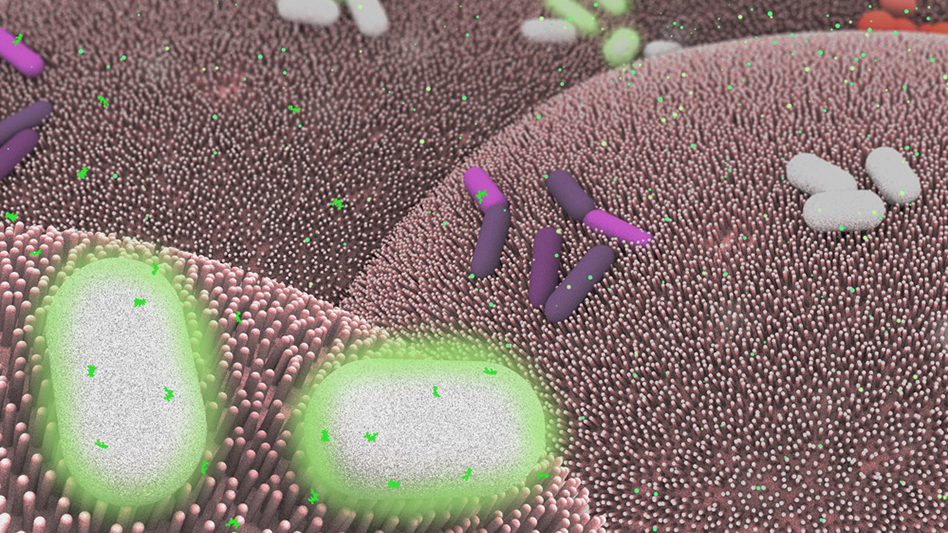Tiny bacteria-powered 'windfarms' could power your future smartphone
With teensy microbes driving teensy turbines

Ever wanted to be the lord and master of an army of bacteria swimming past microscopic wind turbines to power your portable devices? No? Well suit yourself, because physicists at Oxford University do.
More than that, they've used computer simulations to prove that their dream of harnessing the "chaotic swarming effect" of bacteria for human benefit is entirely plausible.
One day, they say, such systems could be the engines for tiny man-made devices that are self-assembled and self-powered.
"Many of society's energy challenges are on the gigawatt scale, but some are downright microscopic," said Tyler Shendruk, from Oxford University's Department of Physics, who co-authored a paper describing the results.
"One potential way to generate tiny amounts of power for micromachines might be to harvest it directly from biological systems such as bacteria suspensions."
Spontaneously Organised
They created a simulation of a lattice of 64 symmetric 'microrotors' - like miniature wind turbines - and immersed them in a fluid filled with bacteria. The bacteria then spontaneously organised itself to spin the rotors.
"When we did the simulation with a single rotor in the bacterial turbulence, it just got kicked around randomly," said Shendruk.
Get daily insight, inspiration and deals in your inbox
Sign up for breaking news, reviews, opinion, top tech deals, and more.
"But when we put an array of rotors in the living fluid, they suddenly formed a regular pattern, with neighbouring rotors spinning in opposite directions."
The amount of power that such a system kicks out is pretty limited, of course. But it's more than nothing, and could be used in devices from miniature sensors to microscopic robots.
Julia Yeomans, a senior author on the paper describing the results, added: "Nature is brilliant at creating tiny engines, and there is enormous potential if we can understand how to exploit similar designs."
- Duncan Geere is TechRadar's science writer. Every day he finds the most interesting science news and explains why you should care. You can read more of his stories here, and you can find him on Twitter under the handle @duncangeere.
